
10 Energy Breakthroughs of 2014 That Could Change Your Life
By Wendy Koch, National Geographic News, 31 December 2014.
By Wendy Koch, National Geographic News, 31 December 2014.
From a new kind of light bulb to a carbon-removing power plant, a dazzling array of new technologies that promise to save energy and help fight global warming debuted this year.
They're not just gee-whiz hoverboards - levitating skateboards once considered Hollywood lore that California-based tech firm Hendo has actually managed to build. The developments include practical products for the home, as well as potentially huge advances in how we produce energy and get around. (See related story: "Four 2015 Energy Ideas "Back to the Future" (Almost) Got Right.")
1. Google Self-Driving Car
Credit: Google+
Just days before Christmas, Google unveiled what it calls the "first real build" of its self-driving vehicle, a prototype resembling the police cruisers in Disney's Cars movies. It said its May version was an "early mock-up" that lacked even headlights, but its new one has everything for "fully autonomous driving" - an advance that could save gasoline by avoiding traffic jams and save lives by avoiding accidents.
"We're going to be spending the holidays zipping around our test track, and we hope to see you on the streets of Northern California in the new year," Google said in its announcement.
"We're at the beginning of the beginning," General Motors executive Harry Lightsey said at a May briefing on driverless technology in Washington, D.C. "We have an abundance of new technologies." Lightsey added that how they're developed will say a lot about the auto industry in the next 25 years.
"There's a lot of uncertainty" about state and even federal rules that will apply to self-driving vehicles, Toyota's Hilary Cain said at the same Capitol Hill event. She said regulatory questions may be this emerging sector's biggest obstacle.
Swing-for-the-fence innovations - what Google calls "moonshots" - often face many obstacles on their way to market. Yet given the plethora of 2014 breakthroughs, some are bound to succeed. Aside from the driverless car, here are nine other compelling advances:
Grid-Scale Power
2. Lockheed Martin's high-beta fusion reactor
In October, the aerospace giant announced a development that, if it pans out, could yield limitless clean energy. It said it figured out a way to build compact fusion reactors within a decade. It's using so-called "magnetic mirror confinement" to contain the fusion of hydrogen nuclei - long considered the holy grail of energy research.
3. Carbon-capture coal plant
SaskPower Boundary Dam capture facility. Credit: SaskPower via National Geographic.
Also in October, about ten miles from the North Dakota border, Canadian electric utility SaskPower brought online the world's first large-scale, coal-fired power plant that captures the carbon dioxide it produces, keeping the greenhouse gas from being released to the atmosphere. A U.S. carbon-capture plant was expected to open in Kemper County, Mississippi, this year, but it has encountered delays. (See related stories "World's First Full-Scale 'Clean' Coal Plant Opens in Canada" and "Clean Coal Test: Power Plants Prepare to Capture Carbon.")
Transportation
4. A leaner Ford F-150
Credit: Ford via YouTube
As falling gas prices lure many drivers back to trucks, America's best-selling vehicle for the past three decades will be less of a gas guzzler. Ford's giving the 2015 model a major makeover. By swapping steel for aluminium, the pickup has lost 700 pounds and its gas mileage is expected to improve. In new ads slated to begin December 31, however, Ford touts the truck's durability - not its greater fuel efficiency.
5. Toyota's US$57,000 fuel-cell car
Credit: Toyota
In November, Toyota unveiled plans for a sedan - known as the Mirai, or "future" in Japanese - that runs on hydrogen and emits only water vapour. The automaker also said it would help build a U.S. network of 31 hydrogen-fuelling stations and would make the Mirai available first to California customers in the fall of 2015. Honda has delayed the mass-market launch of its fuel-cell model, aiming for a rollout in Japan by the end of 2016. (See related story: "Fuel Cells Power Up: Three Surprising Places Where Hydrogen Energy Is Working.")
6. BMW's long-range electric vehicle
A BMW i3 electric vehicle sits on display at the 2103 Tokyo Motor Show in Japan.
This year BMW, the self-described maker of "the ultimate driving machine," began selling a sleek electric car, the i3, that can to 80 to 100 miles on a single three-hour charge. Priced at about US$41,000, its sales are outpacing those of Tesla's version, which costs at least twice as much.
7. Airbus's all-electric trainer plane
Credit: Airbus Group
In July, the France-based aircraft maker began flying a prototype of the first plane to be powered entirely by batteries. It aims to begin selling the two-seater E-Fan 2.0 in late 2017 for pilot training and is looking at the eventual debut of E-Fan 4.0 with space for four passengers.
Home
8. Apple's smart home
Image via 9to5Mac
In June, the tech giant announced its HomeKit platform that will enable remote control, via smartphones, of home gizmos such as lights, doors, thermostats, and switches. Apple partner iDevices is expected to launch compatible products next month at the Consumer Electronics Show. Meanwhile, Google, Microsoft, and Samsung also made forays into the smart-home market this year.
"Innovations like these empower consumers to benchmark their energy consumption and compare it to their peers - the 'gamification' of efficiency," writes Manish Bapna, an executive vice president of the World Resources Institute.
9. Non-LED efficient light bulb
John Goscha, founder and CEO of the Finally Light Bulb Company, inspects new light bulbs that feature
Acandescent technology earlier this year.
In May, Cambridge-based startup the Finally Light Bulb Company launched the Acandescent light bulb, which is 75 percent more efficient than an incandescent and will last 15 times longer but offers the same warm colour. Based on induction technology, it uses a copper coil rather than a tungsten filament to generate light. The bulbs retail for less than US$10 each.
"If Thomas Edison were alive today, this is the light bulb he would have created," says company founder and CEO John Goscha.
10. Cheaper and better LEDs
The lighting market this year saw a slew of new LEDs, many costing less than US$10 each, to replace the most popular 40-, 60-, 75- and 100-watt incandescents that have been phased out. Osram Sylvania has a new line of dimmable LEDs that are sold at Lowe's. In January, Philips began selling flatter, pancake-shaped LEDs at Home Depot. General Electric debuted a 100-watt LED replacement that, by producing 100 lumens per watt, is the most efficient one yet, the company says. (See related story: "Nobel Prize Goes to Inventors of Blue LED: Why It Was Revolutionary.")
Top image: An Airbus E-Fan electric aircraft lands during the opening of the ILA Berlin Air Show in Germany. Photograph by Thomas Peter, Reuters/Corbis.
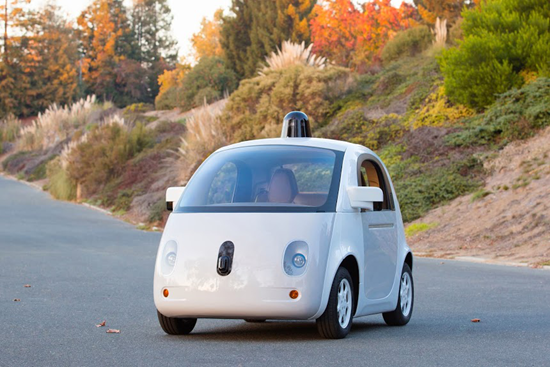
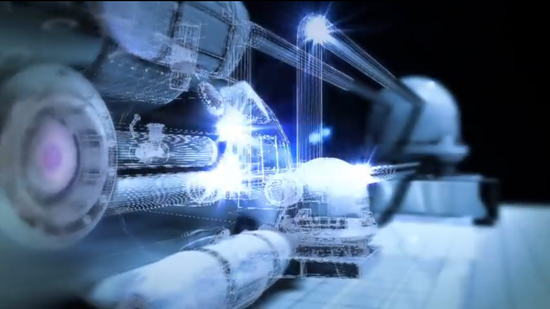

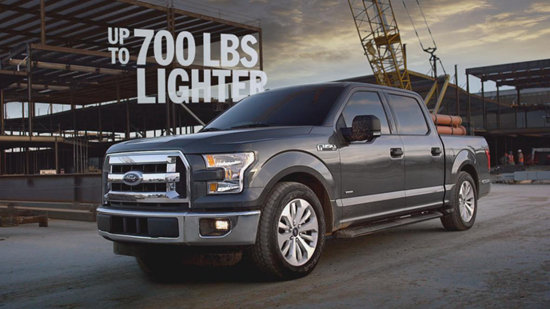
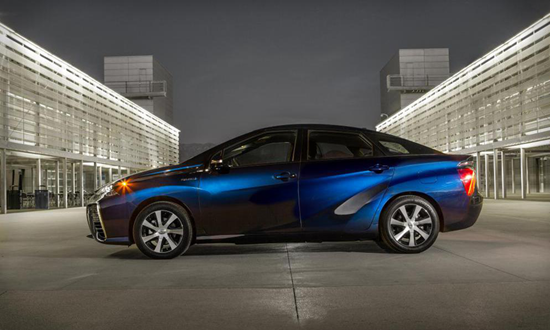
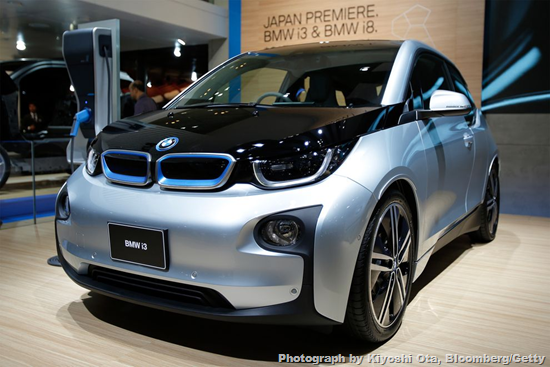
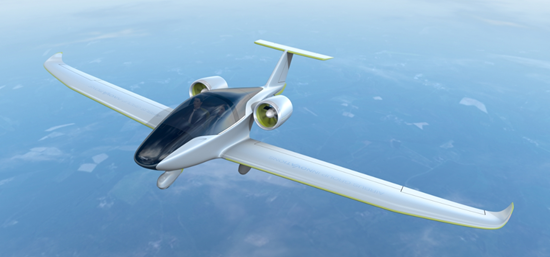

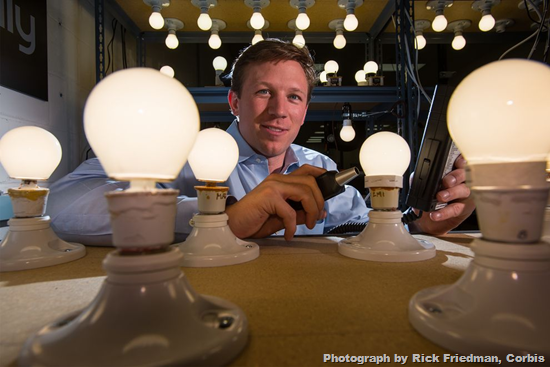
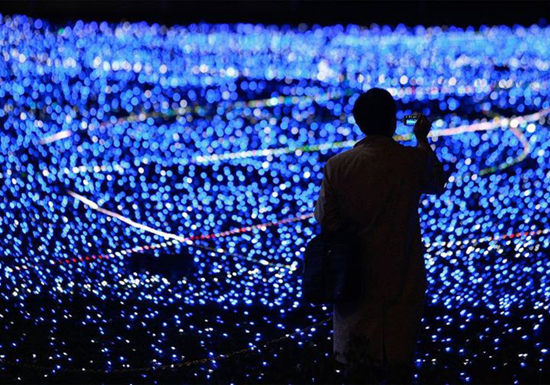
No comments:
Post a Comment
Please adhere to proper blog etiquette when posting your comments. This blog owner will exercise his absolution discretion in allowing or rejecting any comments that are deemed seditious, defamatory, libelous, racist, vulgar, insulting, and other remarks that exhibit similar characteristics. If you insist on using anonymous comments, please write your name or other IDs at the end of your message.